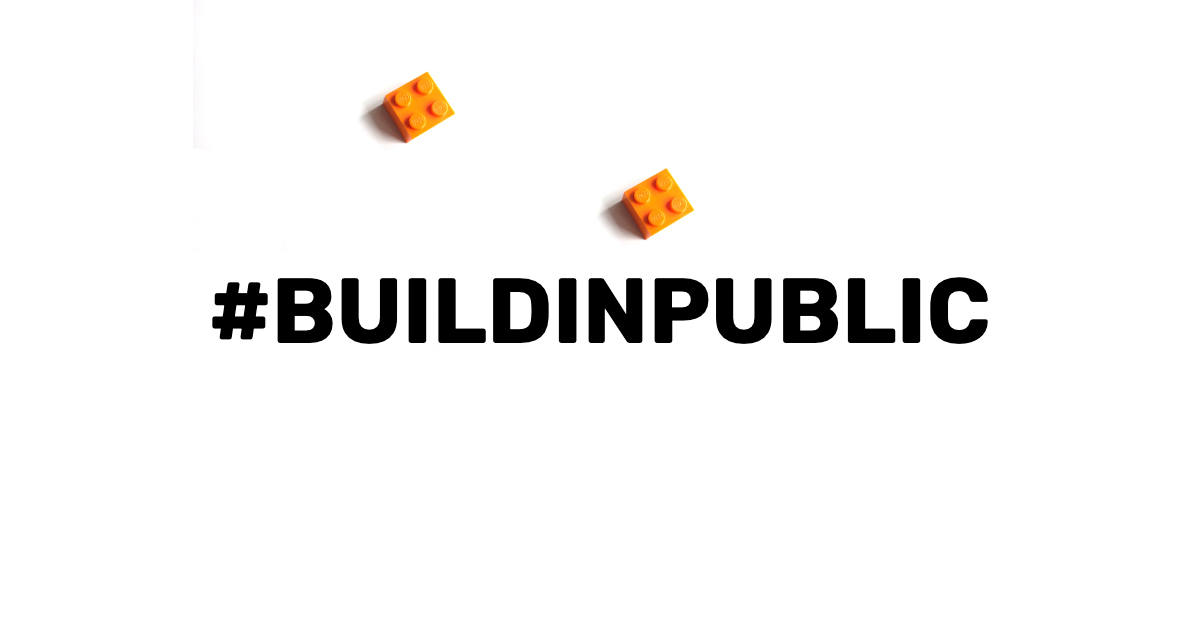"Build in Public” is Not a Marketing Tactic. It’s a Mindset.
Transparency isn’t a growth hack—it’s a way of living, learning, and leading in the open.
Before I built anything worth showing, I hid everything. Like many founders, I thought progress had to be polished, private, even perfect.
But the truth? The world doesn’t need your polish. It needs your process.
That’s where building in public comes in.
At first glance, it looks like a social media tactic. Founders sharing progress updates. Startups are tweeting out product roadmaps. Indie hackers posting their MRR milestones.
But if that’s where your understanding ends, you’ve missed the point.
Building in public isn’t a marketing move. It’s a mindset.
When I shared an unfinished draft of a product strategy on social media channels, I expected silence. Instead, I got dozens of comments, new DMs from VCs, and even a user insight that reshaped the roadmap.
That’s when it hit me: building in public is not just seen—it accelerates everything.
What “Build in Public” Really Means
At its core, building in public means choosing:
Openness over opacity
Vulnerability over vanity
Iteration over illusion
It’s about sharing not just what you’re building, but why, how, and what’s breaking along the way.
It means inviting your community, your customers, your peers—hell, even your competitors—into the workshop as you hammer away at the future.
It’s showing the mess before the masterpiece.
Why It's a Mindset Shift
Most founders are taught to guard ideas. Move in stealth. Polish before presenting.
But the build in public mindset flips that script:
You don’t need to wait for perfection to be valuable.
Every rough version has something to teach and something worth sharing.Transparency earns trust.
People root for humans, not facades. The more honest your story, the stronger the connection.Feedback compounds faster.
By exposing your work early and often, you create a real-time feedback loop that makes your product—and your thinking—sharper.
How I Practice It (and You Can Too)
I’ve built ventures that stayed hidden too long, and I’ve built ones that breathed because of public feedback. The difference is night and day.
Now, here’s how I try to embody the build in public mindset in my work:
Weekly Wins & Wounds
Every week, I share one thing that’s working and one thing that’s not. Simple. Honest. Powerful.Show the 'Why', not just the 'What'
People don’t care about features—they care about the reason behind them. When I share product updates, I include the user insight or pain point that sparked it.Invite Accountability
Sharing public goals makes me more intentional. Not out of fear, but out of respect for those following the journey.Open Source My Thinking
Articles like this, investor updates, and internal memos—when appropriate—get turned into public insights others can learn from. For example, I once shared an internal growth doc for a legaltech product I was building. It sparked a discussion that led to three inbound advisor requests.
But What If They Copy Me?
This is the most common pushback I hear. The truth is, ideas are rarely the differentiator—execution, story, and trust are. Building in public makes people care. And when people care, they stick.
The Caveats
Building in public isn’t about oversharing or performative vulnerability.
It’s not about turning your life into content.
It’s about intentional openness in service of connection, growth, and clarity. This mindset shift is at the heart of modern founder transparency and the open startup culture that's taking root globally.
If it becomes a performance, you’ve already lost the plot.
Final Thought
You don’t build in public because it’s trendy.
You build in public because it keeps you honest.
Because the forge is hot, the hammer is heavy, and the process is better when shared.
This is one of the reasons why I am sharing my journey here—as a VC scout for LvlUp Ventures, working along with the Founders at Legitquest (a legal tech startup based out of India), and through other breakthrough projects I'm currently evaluating to join as an advisor. I’m looking out for ventures that are not just building fast, but building the future.
So the next time you hesitate to hit “post” on that imperfect update, ask yourself:
Am I trying to look good, or am I trying to build something real?
Join the Forge. Subscribe to Future Forge and follow along as we uncover raw lessons, future bets, and the honest grind of building what’s next.



